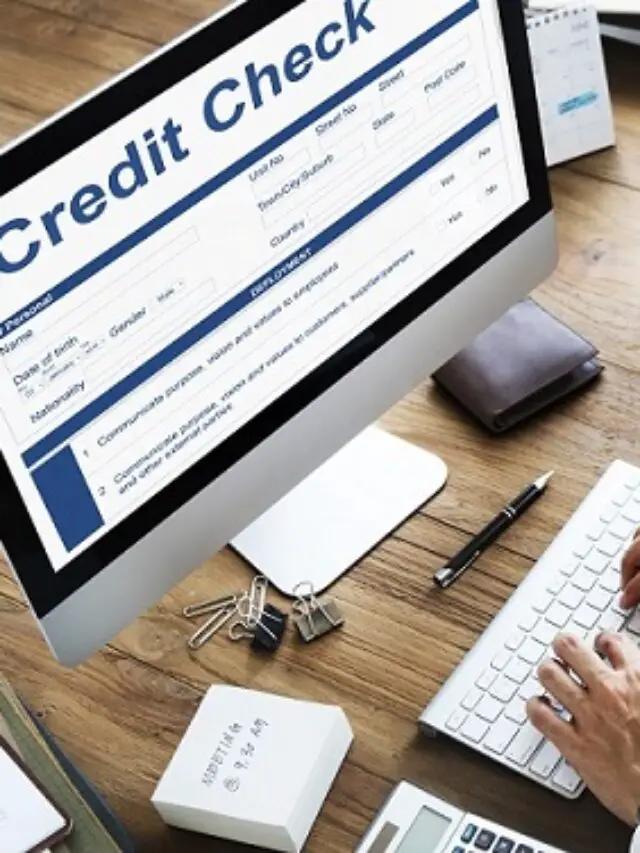Lines of credit appear quite ordinary, yet they wield perplexing aspects worth understanding. Whether you’re a burgeoning small business, a homeowner tackling renovation, or simply someone trying to navigate financial waters, understanding this instrument of liquidity is pivotal. We aim to illuminate the intricacies of lines of credit. In the forthcoming sections, we shall dissect the components, advantages, drawbacks, and impact of using a line of credit. By the time you reach the end, you’ll be armed with actionable insights to make financially sound decisions.
Table of Contents
✍ Key Takeaways
- Mechanics of Operation: A line of credit isn’t the same as a loan, understanding the distinction could save you money and time.
- Diverse Types: Various forms exist, from personal to business to specialized, each with unique sets of rules and benefits.
- Comparison to Other Financial Tools: Knowing when to opt for a line of credit over a credit card or a personal loan maximizes financial flexibility.
- Credit Score Impact: Using lines of credit has ramifications for your credit score; know how to navigate them.
- Creative Uses and Cautions: While flexibility is a boon, indiscriminate usage could lead to financial chaos.
How Does a Line of Credit Function?
In essence, a line of credit stands apart from a loan due to its flexibility. While a traditional loan hands you a lump sum upfront, a line of credit opens up a pool of funds you can tap into whenever needed. The approval process usually involves a credit check, proof of income, and sometimes collateral for secured lines of credit. Once approved, you can draw funds up to your limit, and interest accrues only on the amount used.
Pro Tip: Always be mindful of the interest rates attached to your line of credit. While they often offer more competitive rates than credit cards, the rates can fluctuate, affecting your monthly payments.
Mechanics
The real charm lies in the ease of withdrawing funds. You can transfer money to your bank account, write checks, or even use a special card provided by the lender. It’s a revolving line of credit; as you repay, your available funds replenish, allowing ongoing access to capital.
Read “Tips on using a Line of Credit” on Bankrate.com for more clarity.
An In-depth Example
Let’s assume you’re approved for a $10,000 line of credit at an interest rate of 7%. If you draw $2,000, you’ll pay interest only on that $2,000. Here’s how the interest works:
- Monthly Interest = (7% / 12 months) * $2,000
- Monthly Interest = $11.67
This illustration demonstrates that you’re not paying interest on the unused $8,000, thus giving you control over your interest payments.
Types of Lines of Credit
Lines of credit come in various flavors, each catering to distinct needs and scenarios.
Secured vs. Unsecured
In a secured line, you’ll need to offer assets as collateral, usually resulting in lower interest rates. Unsecured lines don’t require collateral but come with higher interest rates due to elevated lender risk.
Personal, Home Equity, and Business
Personal lines serve multipurpose needs, from home improvement to debt consolidation. Home equity lines tap into your home’s value. Business lines cater to commercial needs like inventory or payroll.
Pro Tip: Always read the fine print. Some types of lines of credit may have hidden fees or stipulations that could surprise you later on.
Comparing Apples, Oranges, and Lines of Credit
Understanding when to use which financial instrument can amplify your monetary versatility. Let’s lay down some comparisons.
Personal Lines of Credit vs. Credit Cards
| Feature | Personal Line of Credit | Credit Card |
| Interest Rates | Generally lower | Often higher |
| Usage Flexibility | High | Moderate |
| Credit Limit | Variable | Usually lower |
| Cash Withdrawal Fees | Rare | Common |
| Effect on Credit Score | Variable | Generally more volatile |
Weighing against Personal Loans
| Feature | Personal Line of Credit | Personal Loan |
| Lump Sum | No | Yes |
| Repayment Flexibility | High | Low |
| Interest Rates | Variable | Usually Fixed |
| Term Length | Ongoing | Fixed |
Pro Tip: Don't just look at interest rates; consider other fees like annual fees or cash withdrawal fees to get the complete picture.
Subtleties
Be vigilant about hidden charges and read the terms rigorously. Some lines of credit have maintenance fees, while others may slap you with penalties for not using the funds within a specified time frame.
The Sway of a Line of Credit on Your Credit Score
Financial responsibility holds the key to maintaining or even enhancing your credit score.
Unfurling the Enigma
Lines of credit can be double-edged swords. Responsible usage—like keeping the balance low and making timely payments—bodes well for your credit score. Conversely, maxing out your credit limit and late payments can decimate it.
The Role of Credit Utilization
Credit utilization, the ratio of credit used to the total credit limit, significantly affects your credit score. A low ratio often correlates with a favorable credit score.
Strategies for Positive Credit Behavior
- Regularly monitor your balances.
- Try to pay more than the minimum amount due.
- Reserve part of the credit for emergencies rather than maxing it out.
Creative Uses and Warnings
A line of credit offers flexibility, which can be both a boon and a bane. On one hand, you could utilize it for ventures like investing in a start-up or taking an educational course. Yet, this same flexibility makes it tempting to use the credit frivolously, leading to potential financial peril.
Learn how credit utilization affects your credit score by Experian.com
Pro Tip: Separate business and personal expenses by using distinct lines of credit for each. This makes accounting simpler and keeps you from mixing different financial risks.
Conclusion
Embarking on this labyrinthine journey has, one hopes, equipped you with a robust comprehension of lines of credit. Whether it’s knowing the mechanics of how it works, understanding its multifaceted types, drawing comparisons with other financial instruments, or even its impact on your credit score—each fragment of knowledge slots into a mosaic of enhanced financial wisdom. Use this guide as a tool for navigating future financial landscapes with poise and certainty.
Additional Resources
To further augment your grasp, consider diving into some authoritative books like “The Total Money Makeover” by Dave Ramsey or checking out reputable websites such as Investopedia. Finance-related apps can offer quick, on-the-go insights too.
Call to Action
Your financial future remains unforged. Take a moment to assess your needs critically. Could a line of credit serve as the missing puzzle piece in your financial strategy? If so, act wisely and responsibly.
Frequently Asked Questions (FAQs)
- How quickly can I get approved?
Typically, approval may take anywhere from a few hours to a few days depending on the lender and your financial status. - Does applying negatively impact my credit score?
Yes, each application usually involves a ‘hard inquiry,’ which can slightly lower your credit score. - What about prepayment penalties?
These vary by lender; always check the terms beforehand. - Can I increase my credit limit?
In many cases, yes, although this often involves another credit check. - Is a co-signer allowed?
Some lenders allow this, which can help you get approved or secure a larger amount. - Do lines of credit have expiry dates?
Some do, particularly home equity lines; always read the terms. - What happens if I exceed my credit limit?
Expect fees and a potential interest rate hike. - Are interest payments tax-deductible?
For home equity lines, they usually are, but consult a tax advisor for specifics. - Can a line of credit improve my credit score?
Yes, if managed wisely, it can have a positive impact. - Is it possible to have multiple lines of credit?
Yes, although juggling too many can be risky and could lower your credit score.

Prashant Chauhan
Author @ Finance RuffleMeet Prashant Pratap Chauhan, the savvy founder behind Finance Ruffle, a hub for sharp financial insights and expert analysis in the realm of finance blogging.









